Finding the Familiar in Die-Nasty’s The Stroganoffs
As in-person Canadian theatre slowly re-opens, Intermission’s Editors will be sharing personal reflections on the realities of being back in the theatre. These are not criticisms or reviews. These are not blog posts. They are memories of being caught in the middle of a theatre renaissance. They are an archive. They are history.
I’m standing in front of a brick building, staring up at the building’s signage.
Varscona Theatre.
It’s elegant — simple text in an unassuming colour, complementing the curves of the building’s rounded facade. A clear remodel and rebrand, modernising a staple in Edmonton’s robust theatre scene. A symbol of an industry recognising its need to change, evolve, and adapt.
Familiar, yet unfamiliar.
It seems odd, for a moment. Here I am at the theatre I know best, have performed in before, seeing a show I’ve seen many times. Die-Nasty, and improvised soap opera I’ve attended on many a Monday evening. I should know this place like the back of my hand. Yet somehow, it feels entirely new.
I step inside the building with my friend, and again, am struck by the changes. That’s been the theme of this entire trip so far: change. Plans have changed, the city has changed, specific moments and memories seem changed by my physically being here. I wasn’t sure what to expect: now, a single step into the building, I’m completely thrown.
I freeze in the doorway, ignoring the door attendant patiently waiting for my proof of vaccination, distracted by the frantic monologue in my head.
The Varscona I’ve known and loved is gone! Well… It’s still here… And it’s admittedly better… Oh, look at all the washroom stalls… It’s so clean… But so different! EVERYTHING IS DIFFERENT.
I’m not sure what I expected: it’s been five years and an entire pandemic since I set foot inside my favourite theatre in the city. People walk past, glancing at us briefly before heading into the show, their faces, although masked, jarringly familiar. Do they recognise me? Should I say something? Did I really expect everything to be the same?
I take a second to breathe.
I am not here to see the physical space of the theatre: I am here for the show. It is an improv show. There can be no expectation, for it is all invented upon the spot.
My thoughts become overly formal when I try to rationalise with myself.
I grab ciders — Strongbow, my traditional beverage of choice for improv-watching — and we head into the space. A beautiful house-like structure stands on the stage, illuminated by a softly lit chandelier. A large red rug covers the floor, and red chaises, red chairs, and red lounges are strewn throughout the small frame. Red.
Every season, Die-Nasty selects a different theme, often based on a currently popular TV series. They use whatever set is currently in the space, and the ensemble swaps out the furniture to bring their improvised soap opera to life. It’s constantly changing from one season to the next: Die-Nasty is a company used to adapting. This season is titled Die-Nasty: The Stroganoffs. The simple and almost austere structure… fur hats in the poster (not a euphemism)… It’s not subtle.
Welcome to Mother Russia, motherf*****.
(Sorry mom).
The building shakes. The whole audience has joined in, one joyful scream in a darkened theatre.This. This is familiar.
While most of the audience is peering past me at the set, trying to guess what will happen in this week’s installation of the show, I’m focused in the opposite direction. More familiarity, and yet more alien changes.
The audience itself is familiar. Die-Nasty has been running for so long, you’ll always find swathes of die hard fans who come out every season. However, the seats in which they sit are not. Seats extend high up towards a second floor — quite the change from the shallow rise of the old Varscona Theatre.
They really went hard on this renovation.
It’s all that swirls through my mind as the lights fade, and the show’s three directors enter the stage: Stuart Lemoine and Jana O’Connor on the mic directing, and the incomparably talented Paul Morgan Donald, musical director, tickling the ivories once again. Familiar faces in an unfamiliar space.
I take a nervous sip of my overly-sweet drink as Paul taps the first few notes out on the keys. I recognise the theme — I’ve been here before. A voice comes through the speakers filling the space. The audience is tense — you can feel the excitement humming in the air. Then come the fateful words —
“… someone’s going to… DIEEEEE NASSSSSSSSSSSTY”
The building shakes. The whole audience has joined in, one joyful scream in a darkened theatre.
This.
This is familiar.
The show plugs along at an impressive rate: they’ve all done this before. The directors have a handle over the structure of the shows; the performers know to listen, take the ball, and run.
This is what they do.
Within seconds, someone is shot down by the a river, a woman reveals that she may or may not be a bird, and an unexpected guest arrives at the family home. Yes. Familiar. This is what I signed up for! Drama! Jokes! Tremendously drawn-out deaths!
We’re fifteen minutes into the second episode of what may be the 8000th season of the show, and my head already hurts from the glorious combination of laughing and Strongbow.
It’s incredible to me how something that’s run for so long can somehow stay new and exciting. I’m thrilled to see some new names in the program alongside Die-Nasty’s regular performers — for so many companies, it’s all too easy to get comfortable with your roster. very few of the main cast members appear on stage, but my friend assures me these performers are off working on other shows for the week. In a more familiar time, this might annoy me. Now, in this new world of cautious theatre re-openings, I’m overjoyed to hear that there is work to be had.
For close to two hours, I’m swept away in a wave of euphoria. I haven’t felt this in a long time. I’m sitting in a room, surrounded by people, watching a story on a stage. We’re all experiencing the same moment, reacting in our own ways, cushioned by knowledge of other bodies sharing a physical space.
This is the familiar in the unfamiliar.
Paul warbles the last notes of the theme into his microphone and the audience goes wild. The show is winding down. The room is full of energy — I remember, this is the second episode of the season, the second episode in almost two years. This audience, filled with regulars and newcomers alike, unite in their quest for familiarity: while some find it on stage, others find it from simply being in the space.
I look to my friend, who I haven’t seen in two years. I reflect on all the times we’ve been sat in this theatre, sipping Strongbows. They were different shows, seen from different angles, without a mask in sight. Still, at its core, this is simple.
Everything has changed, and yet this moment, this feeling, is comfortable.



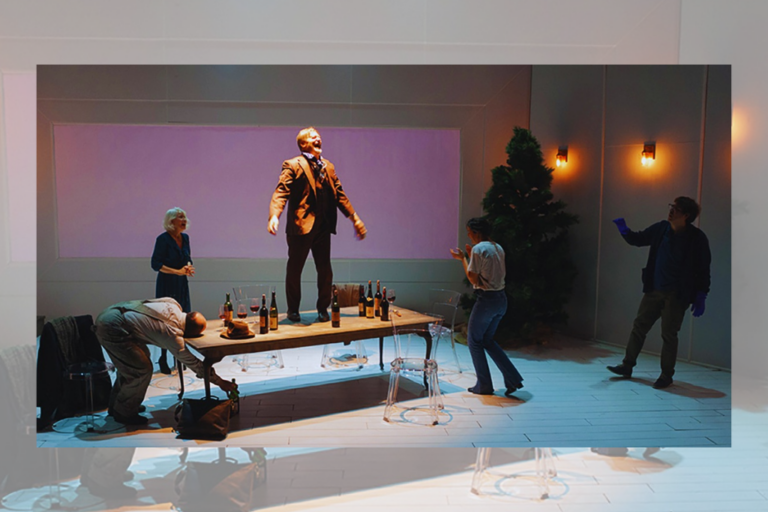

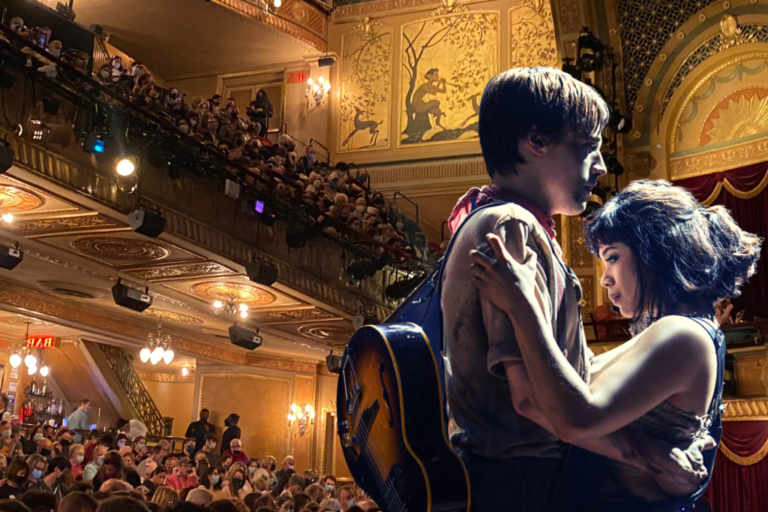
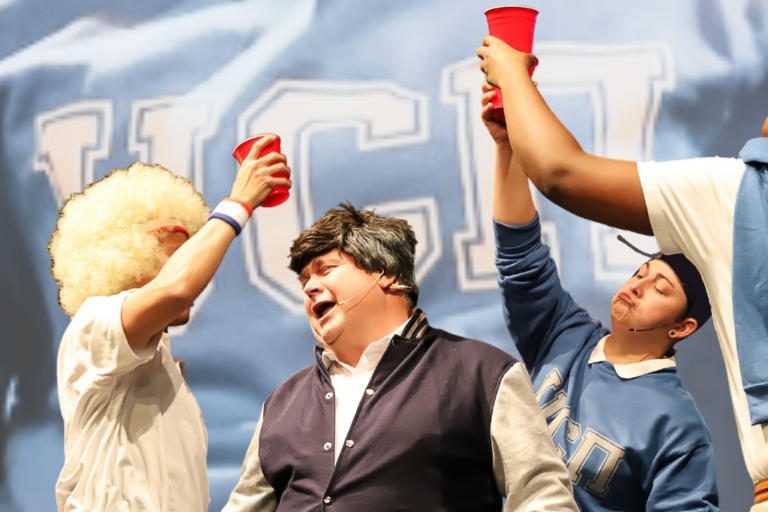
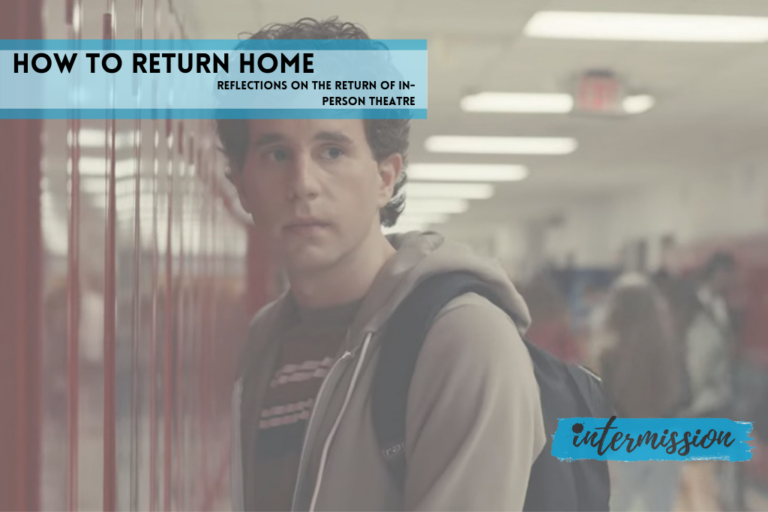
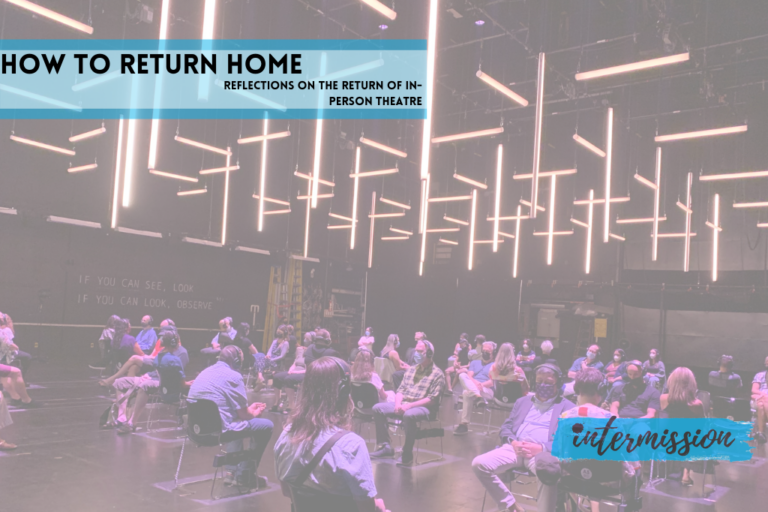
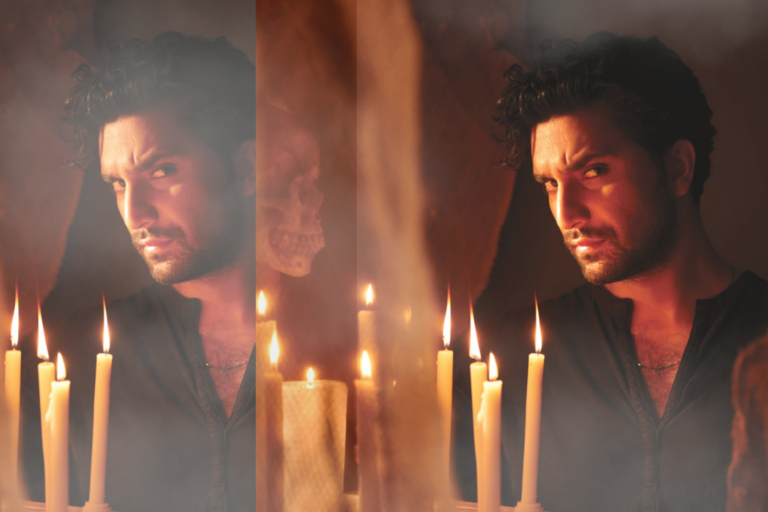

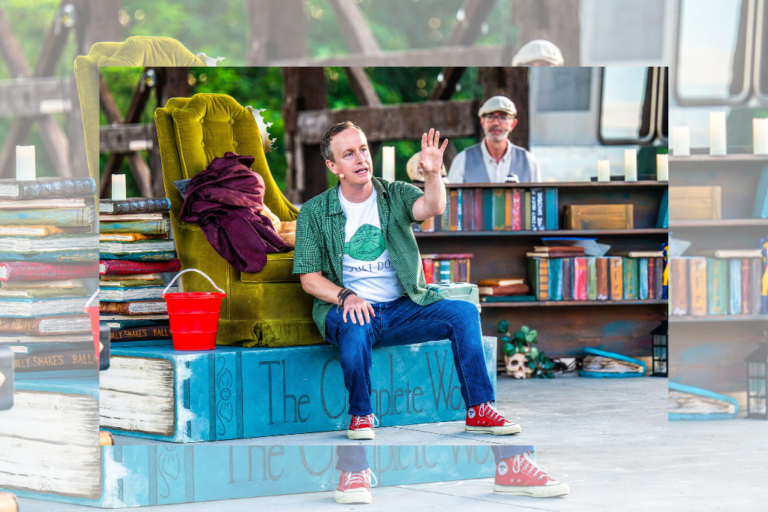
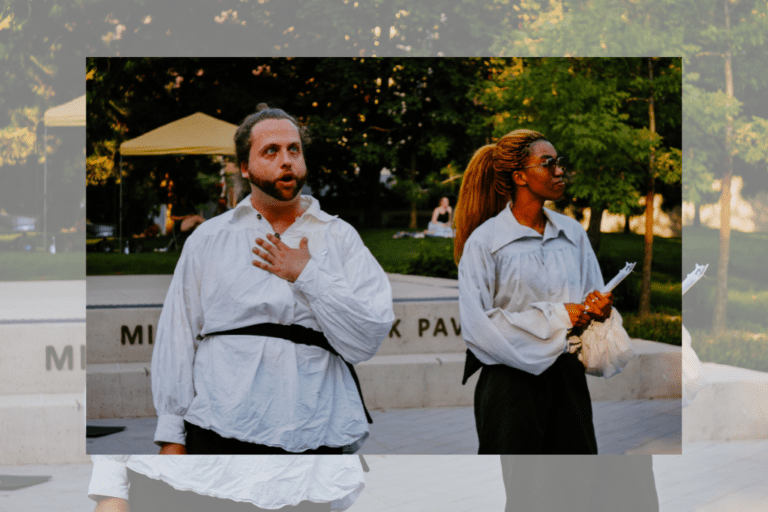
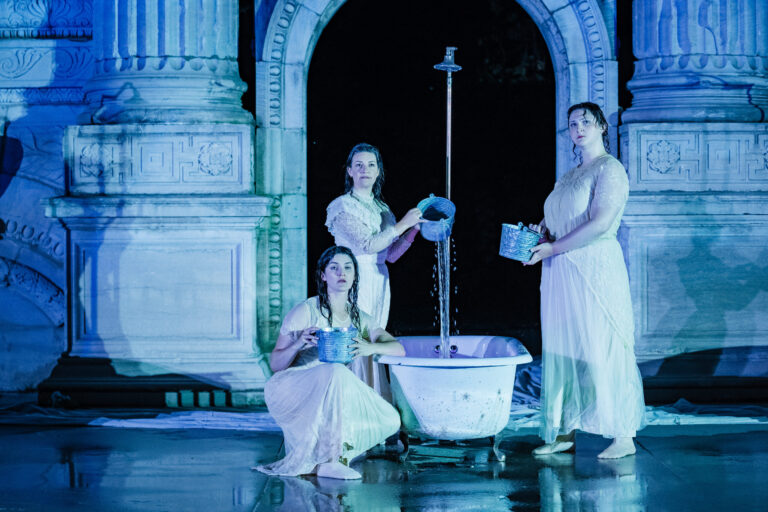
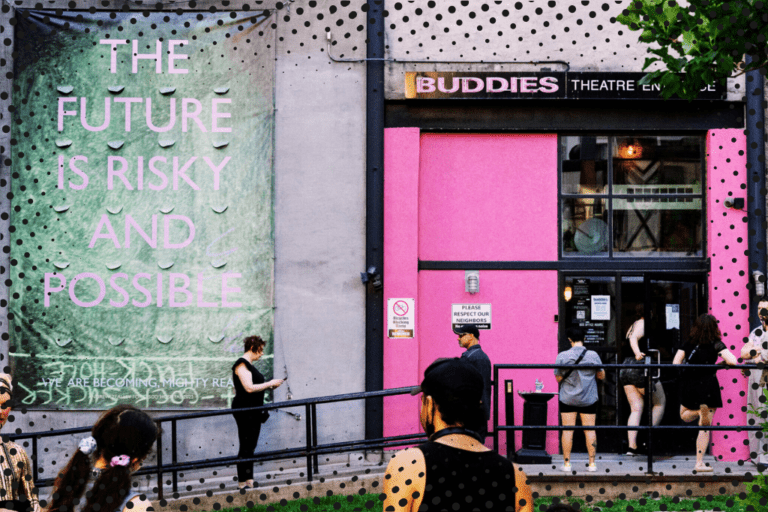
Comments